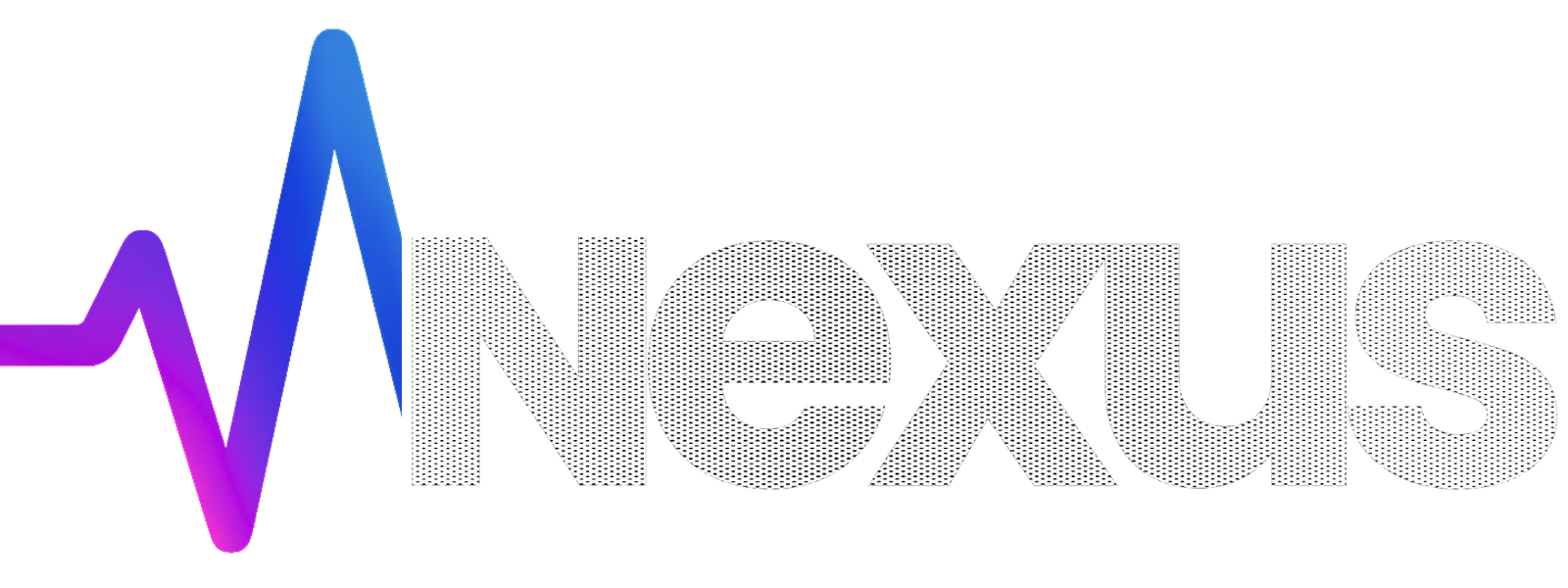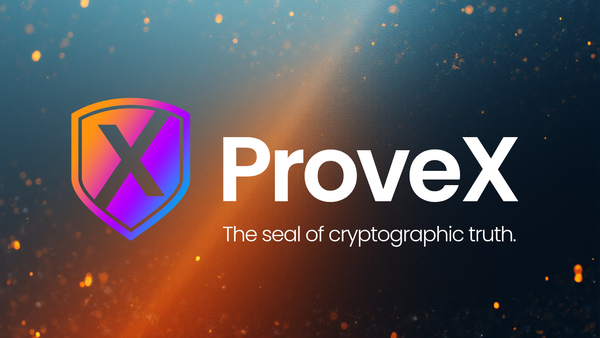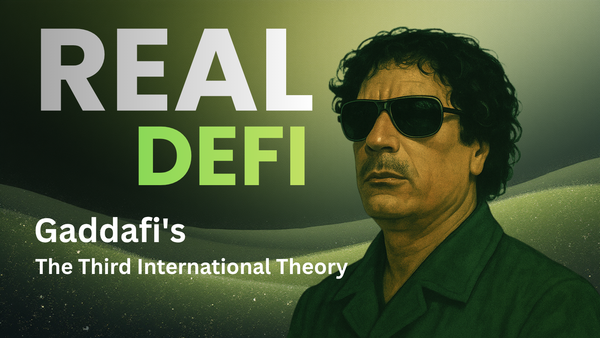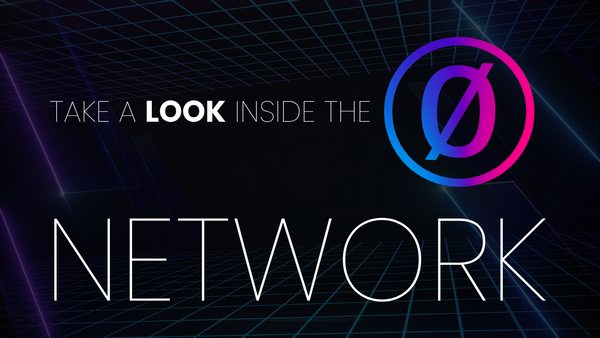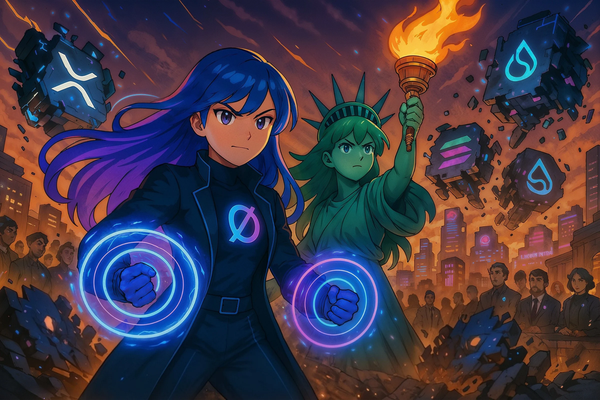Elon’s Town Square: Branded, Curated, Contained
The lesson? The system doesn’t fear noise. It fears pattern recognition. It fears those who see the machine, not just its parts. So is X the town square of free speech?
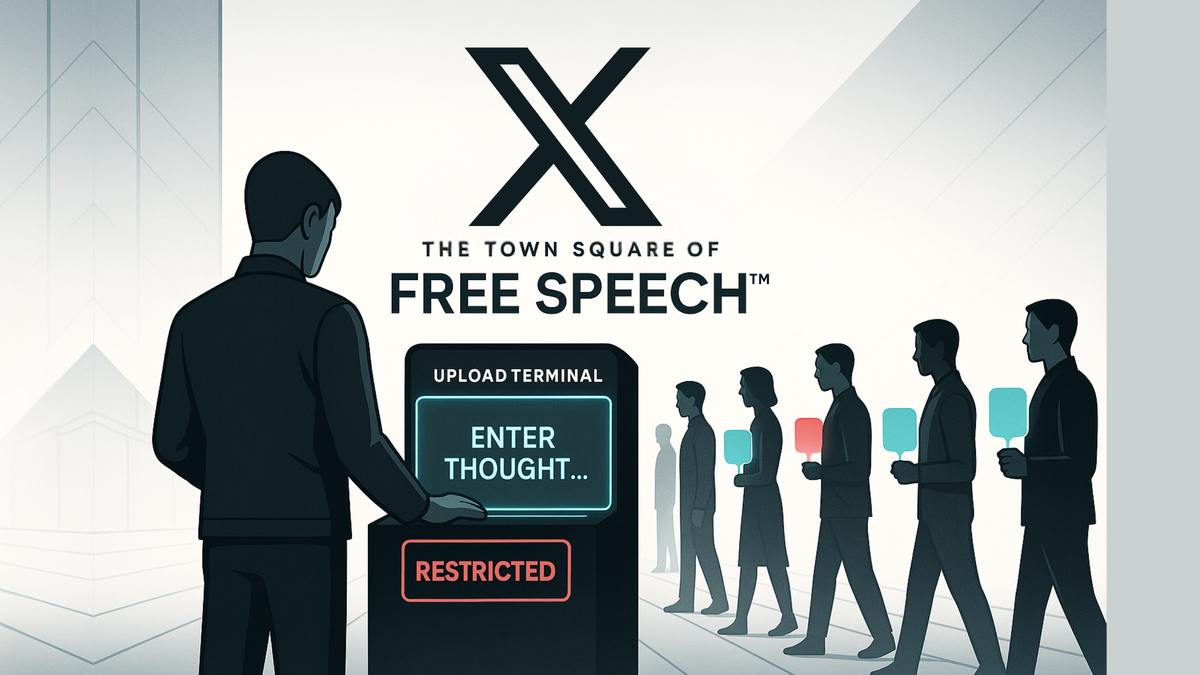
Is X Really the Town Square of Free Speech?
Or Just Another Illusion?
They say we’re in a new era of open dialogue—digital town squares, citizen journalism, unfiltered expression.
But what does that mean when the town square is privately owned, curated by AI, and protected by vague terms like “hate speech”?
What does it mean when your reach disappears, your account gets flagged, and your voice becomes inaudible—not because you broke a law, but because you connected too many dots?
This article isn’t about whining over shadow bans.
It’s about what happens when free speech becomes a brand, and that brand is owned by the world’s richest man.
Let’s talk about Elon Musk.
The man who bought Twitter, renamed it X, and declared it a haven for “free speech absolutism.”
The same man launching 5G satellites to cover the globe.
The same man who wants to implant chips in your brain.
The same man whose companies have received billions in government subsidies while claiming to be rebels against the system.
And now he controls what is essentially the largest public square on Earth.
So what happens when someone posts something that pushes too far?
Not incitement. Not doxxing. Not spam.
Just… too true.
Too well connected.
Too many dots joined.
You can shout about isolated fragments of the system all day long—political theatre, social decay, media corruption—and X will let you echo that noise into eternity.
In fact, it rewards it.
That’s the game: conflict contained within the dialectic. Red vs blue. Left vs right. Controlled outrage looping endlessly. But stitch the pieces together? Draw the lines between biotech, surveillance, war, finance, behavioural manipulation, and digital censorship?
Lay out a picture of systemic design rather than isolated dysfunction?
Suddenly the algorithm goes quiet. The reach throttles.
The content disappears—not deleted, not banned, just buried under the algorithm’s curated silence.
And if it really hits a nerve?
You’ll get a neat little email from X Support:
“This content has been restricted due to hate speech.”
No explanation. No context. No quote.
No specific line they object to—just that vague catch-all label.
Hate speech. Case closed.
That’s not free speech.
That’s narrative control masquerading as neutrality.
And appealing it?
You get 280 characters. That’s it. Less than the length of your original post. No upload of supporting documents. No evidence. No debate.
Just a whisper into the void.
This has happened to me.
Not the first time either.
Last year, an article questioning Musk’s definition of free speech suffered the same fate.
Now again—this time for linking together a wider narrative that touched the wrong nerve.
The lesson?
The system doesn’t fear noise. It fears pattern recognition.
It fears those who see the machine—not just its parts.
So is X the town square of free speech?
Or just another gatekeeper with a savvier mask?
Either way, we’re not here to beg for space in someone else’s house.
We build our own.
That’s the spirit behind THREE.SIX.NINE.
That’s the energy driving ZeroTrust.
Let them throttle.
We’ll amplify.
We’re just getting started.
— Veritya Thalassa
📨 Stay Ahead of the Curve
Subscribe to The PulseChain Nexus — where crypto, world events, and the unspoken truths collide.
✅ $10/month or $90/year
✅ Weekly deep-dive articles delivered straight to your inbox
✅ Access to our private Telegram group
✅ No noise. No hype. Just what they don’t want to talk about
👉 Join the Nexus now
